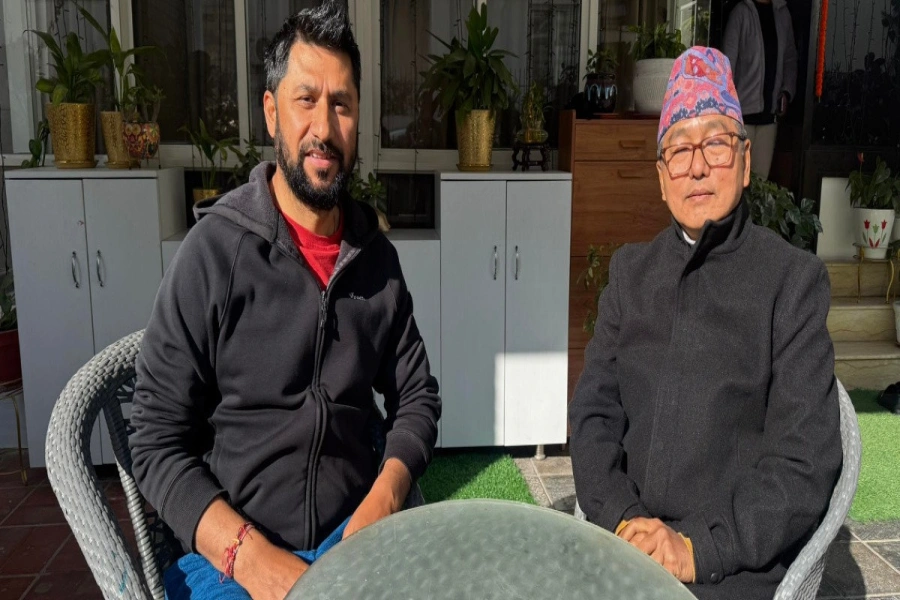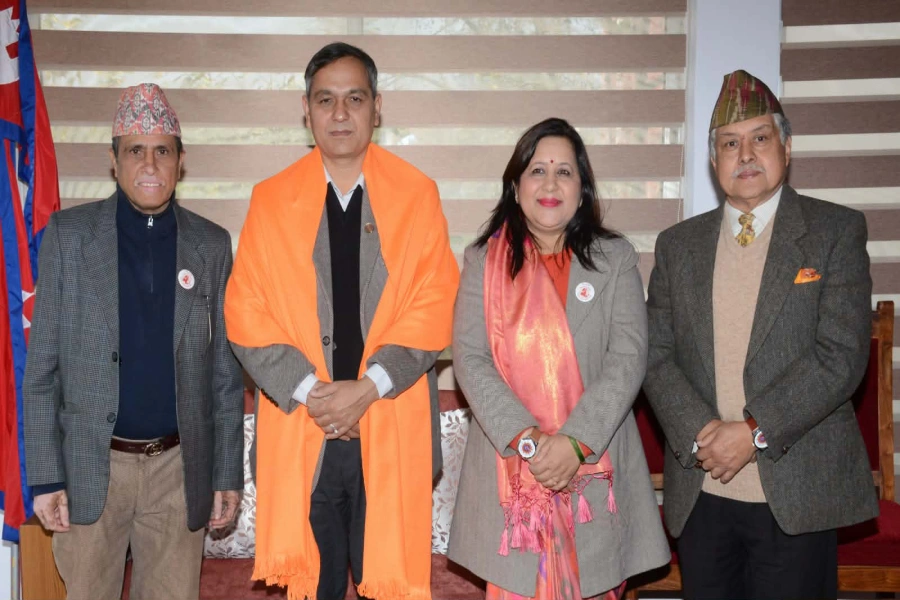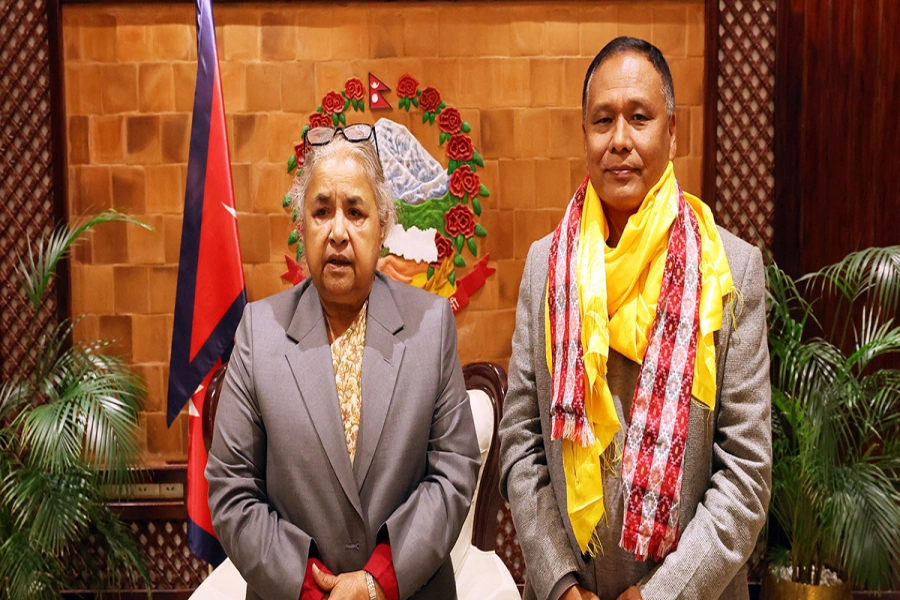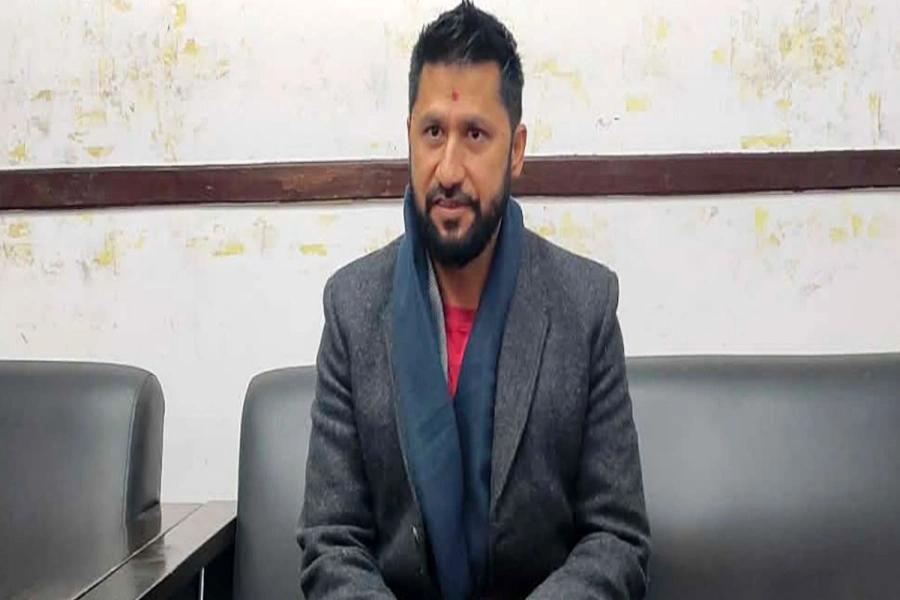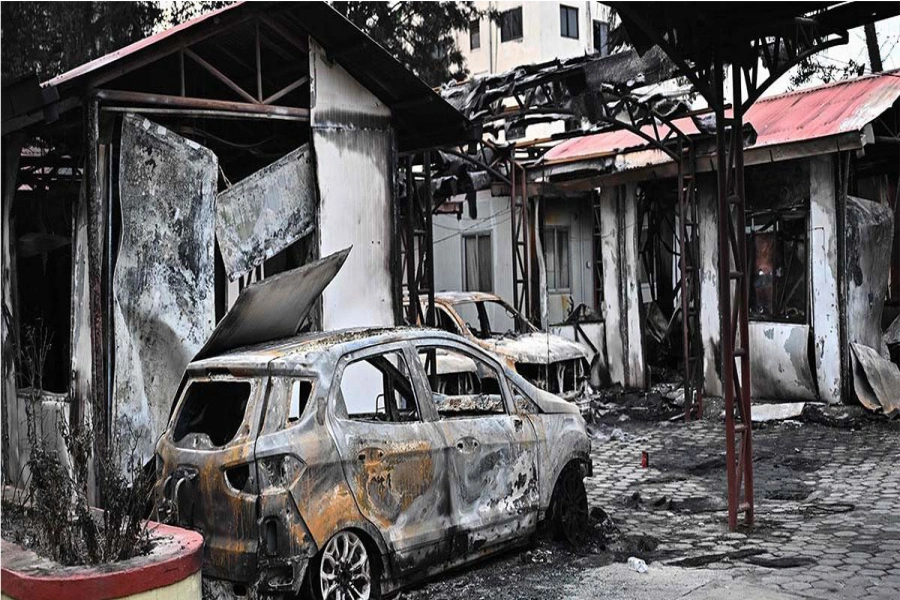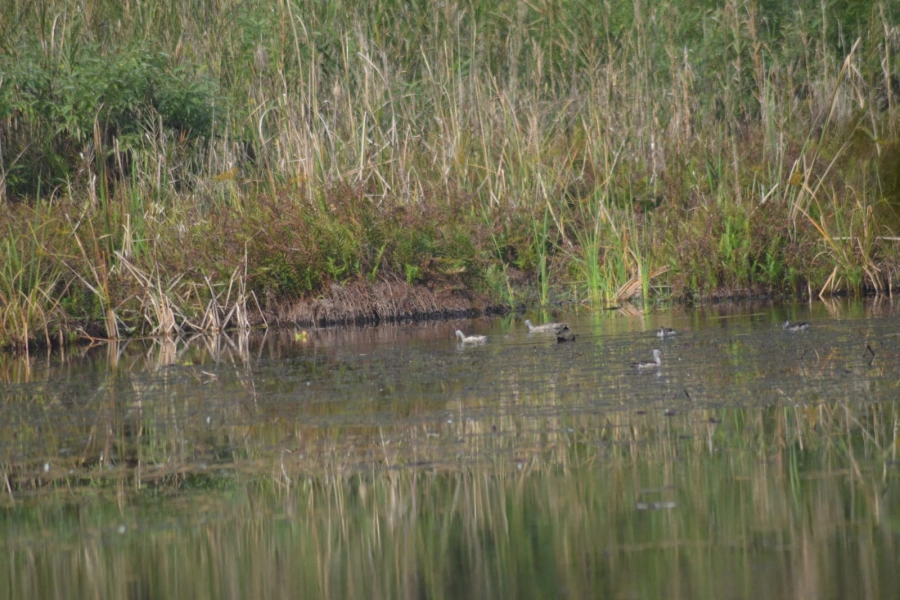Unmanaged city planning, haphazard road digging and dust pollution have defaced beautiful Kathmandu. Our city is in a mess. Electric pylons dangling overheard or even lying along the roadside, hindering mobility, posing greater risks of accidents and short circuits have made the matters worse. We have seen such incidents happen in our neighborhood and in major towns of the city. Overhead electricity system presents many more dangers. First, it needs a lot of space in narrow city streets. When the trees fall over these dangling wires or poles fall down, power outage follows immediately. Most of all, these wires, which hang right over our heads, feel like death traps. Laying these wires underground should have been the topmost priority of city authorities and power utility office. It’s a matter of great relief that efforts have been made toward that direction.
Only 40 percent of first-phase underground laying of electricit...

Reportedly, Nepal Electricity Authority (NEA) has started work to put power lines underground. An Indian firm, KEI Industries Ltd, has been selected to develop underground power supply system distributing lines to over 100,000 Kathmandu households within 30 months. According to the plan, NEA will first work with the power lines of Maharajgunj Distribution Center and Ratna Park Distribution Center, covering parts of Gongabu, Tokha, Baluwatar, New Road, Thamel and Tripureshwar. The 7.41 billion rupees project aims to beautify Kathmandu Valley by getting rid of entangled wires. The NEA plans to create necessary infrastructure to go for automation of electricity supply, using multiple electricity supply feeders for uninterrupted power supply. Even better news is that NEA is deploying a new technology called horizontal directional drilling—a trenchless method of installing underground pipes of cables, which means that we don’t have to worry about another round of road digging, perennial source of nuisance to Kathmandu residents. The project will reportedly use gun tracker radar while laying pipelines to assess underground structure before planning horizontal drilling. And along with the power lines, NEA will also lay down optical fiber and television cables. In the long run, the project will cover remaining areas of Kathmandu, Lalitpur, Bhaktapur and other major cities of the country.
This indeed is big news for residents of Kathmandu and elsewhere and NEA leadership deserves praise for this initiative. But for this project to be successful there has to be well-coordinated efforts from all sides. It is good that this can be done without digging the road but there has to be full guarantee of this. Needless to say, underground cables offer immense benefits. It helps in ensuring uninterrupted power supply and it can transmit power across densely populated areas where land is costly or aesthetically sensitive—which applies in the case of Kathmandu Valley. But as is the case, this is an expensive project and will cost us many more times than with overhead lines. But given the immense benefits it offers, the cost should not be a major concern. NEA needs to work on this project immediately and rid the valley of nuisance of wires and cables, which have not only made the city look extremely ugly but also posed high risks to public safety.



